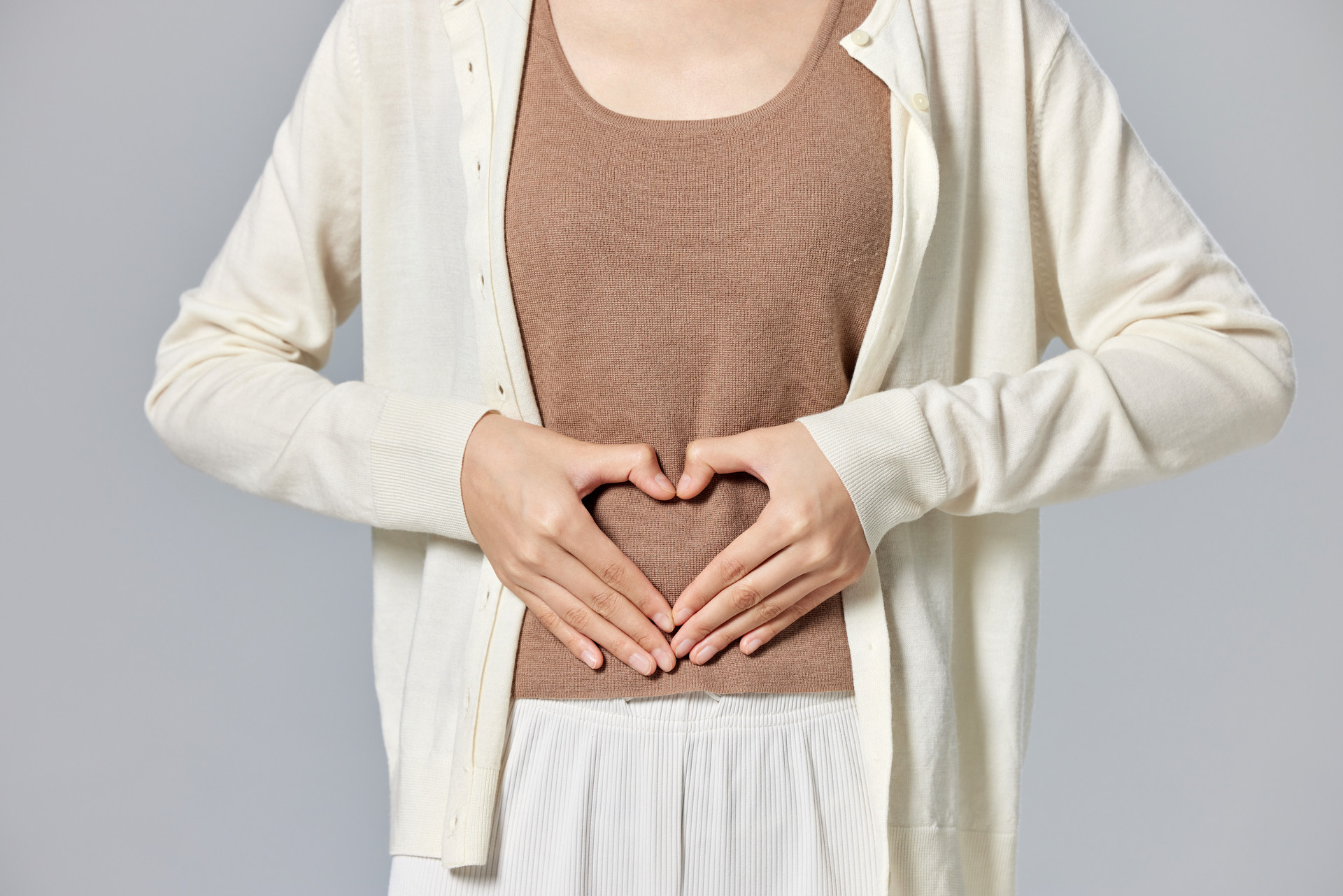Every month, women have to spend several days with their "old friend" menstruation, some feel tired, some feel pain, and some feel irritable, as if it brings a lot of trouble. But what many people don't know is that menstruation is not only a "trouble", it can also help women identify their constitution and find suitable methods of regulation.
Early Menstrual Cycle Often Caused by Overwork
A menstrual cycle of less than 21 days is often caused by kidney deficiency, qi deficiency, or blood heat, with qi and yin deficiency being the most common in clinical practice. Overwork or dietary indiscretion is most likely to damage qi, leading to early menstruation. Those with blood heat have increased blood flow, which can also lead to early menstruation. In addition to innate constitution, excessive consumption of spicy foods can worsen symptoms of blood heat.
A menstrual cycle longer than 35 days is often caused by qi stagnation, blood stasis, or phlegm dampness, resulting in obstruction of the Chong and Ren meridians, leading to delayed menstruation. The most common root cause is deficiency of essence and blood due to kidney deficiency, so attention should be paid to nourishing the kidney and essence and blood during regulation, such as consuming more wolfberry and Chinese yam. Irregular menstrual cycles are often caused by kidney deficiency or liver depression, with both often occurring together, sometimes with one being more prominent than the other.
Menstrual Pain Requires Promoting Blood Circulation and Removing Blood Stasis
During menstruation, various discomforts often accompany the period, with pain being the most common, such as abdominal pain and lower back pain. The location and type of pain can usually indicate some issues.
Abdominal pain is the most typical manifestation of dysmenorrhea, which is often caused by disharmony of qi and blood. According to traditional Chinese medicine, pain occurs when there is blockage. If there is a sense of distension, it indicates qi stagnation; obvious stabbing pain is often due to blood stasis; a feeling of twisting pain may be caused by cold and dampness leading to blood stasis. Traditional Chinese medicine often adopts methods to promote blood circulation and remove blood stasis to deal with dysmenorrhea, such as using peach kernel, safflower, and myrrh. Another common symptom is lower back pain. Lower back pain during menstruation may be related to kidney deficiency and blood stasis. At this time, it is recommended to relieve discomfort by promoting blood circulation and removing blood stasis on the basis of tonifying the kidney, such as drinking herbal tea made from hawthorn and rose.
Many women rely on painkillers to alleviate menstrual pain, which is not good for the body. During painful periods, it is recommended to drink ginger and brown sugar water and pay attention to rest more, avoid being anxious, angry, or excessively cold. Traditional Chinese medicine regulation should also be adhered to for a certain period of time, generally taking more than 3 months to see results, and should not be interrupted arbitrarily.
Dark Blood with Clots Requires Soaking Feet with Mugwort
Traditional Chinese medicine believes that normal menstruation should be dark red in color, not thin or thick, not clotted, and without special odor. At the beginning of menstruation, the amount may be less and the color may be lighter. In the middle of the cycle, the color deepens and becomes dark red, and towards the end of the period, the color may lighten again.
However, if the color is still too light and the texture is thin during the middle of the cycle, the possibility of deficiency syndrome should be considered. Common prescriptions include Si Jun Zi Tang, Si Wu Tang, Liu Wei Di Huang Wan, etc. If the menstrual blood is dark or even black with blood clots, it is often related to blood stasis. Local hot compress or soaking feet with safflower and mugwort can be tried. If the menstrual blood has always been bright red, attention should be paid as it may indicate heat in the body. In this case, it is recommended to consume less chicken, lamb, and other meats, and eat more lily, honey, and other cooling and moistening foods. In clinical practice, the color of menstrual blood should be considered in combination with the menstrual period and flow, and then treatment should be based on the individual's constitution.






